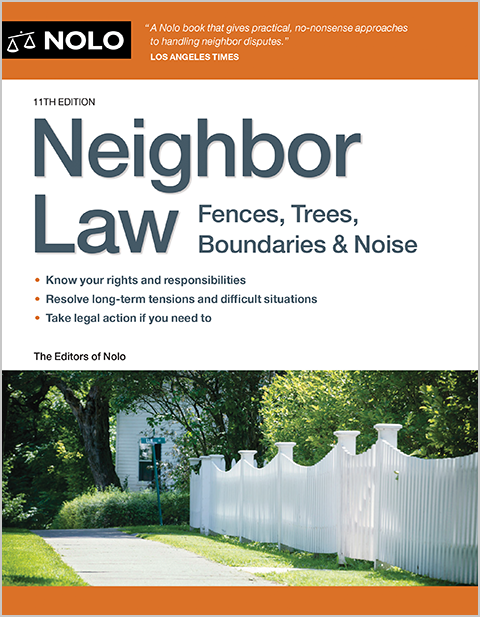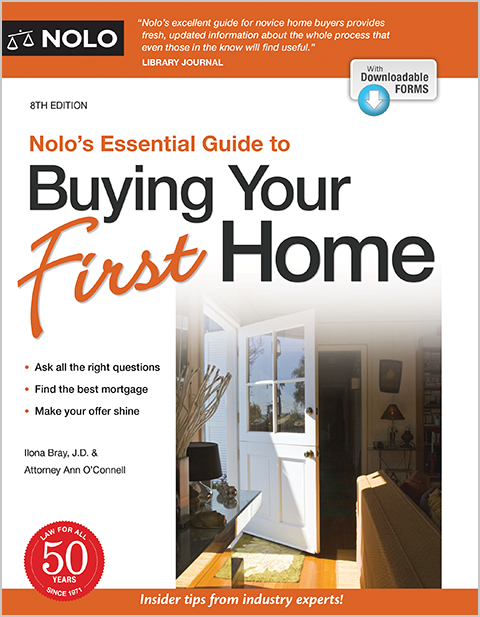The price the home seller listed it at might not be the price the seller actually expects to receive, owing to marketing forces and expectations.
What does the advertised, or "list" price of a house really mean with regard to how much a potential real estate purchaser should offer? It's certainly a clue to how much the seller wants for the home—but it's never the last word on the matter. Both the homes market and the individual sellers' predilections make a difference in whether the seller expects (or should expect) the eventual sales price to go up or down from the list price. As we'll discuss here, you'll want to do the following in preparing to make an offer:
- learn about common pricing strategies
- enter the market with an understanding of why you might need to bid higher than the published list prices
- figure out how much the house in question is worth to you
- check online valuations, but without assuming they're correct, and finally
- choose what dollar amount you will list in your purchase offer.
The bottom line is, if you're in the market for a property, don't believe the price tag. In the end, it's the market—that is, the level of other buyers' interest in the place, and their view of how it compares to other available homes or real estate—that rules.
Common Home-Price Listing Strategies
In a hot real estate market, with lots of demand for houses and prices steadily rising, sellers often take an approach that seems counterintuitive. They list their houses at an artificially low price. Why? It helps make sure the maximum number of buyers come in to take a look, so that a bidding war ensues among desperate buyers (who might feel scarred by having been outbid before) and the price goes sky high, even higher than the sellers might have realistically listed the place at.
Of course, other home sellers might set a more realistic, or even optimistic, price. Some are being strategic, not wanting to make buyers think, for example, that something is wrong with the place.
In a cold real estate market by contrast, where houses are moving slowly and demand is low, it's more common for sellers to set the list price that's meant to be "just right," so as to neither scare away potential buyers nor feel stuck if only one offer comes in at list price.
Nevertheless, some sellers in slow markets choose to set the list price on the low side, just trying to get potential buyers to come in and take a look. They figure that if the place really is a bargain, more than one person will bid, and the price will eventually get moved upward anyway.
You might find regional variations, too. In California, for example, the real estate industry sometimes uses what it calls "transparent pricing" during hot markets, meaning that the list price was really truly what the seller would accept.
Then there are home sellers who set their house list prices on the high side, either wanting to set a starting point in negotiations (not a good idea), or because they're blind to what their house is actually worth. Sellers tend to have difficulty believing that their house has dropped in value (which can happen dramatically after a major market correction). Or, if they've put a lot of money intro improvements, they might be feeling entitled to recoup it.
Sometimes, the fault for overpricing a home lies with an inexperienced or unscrupulous real estate agent, who "bought the listing"—that is, convinced the sellers that they could get a higher amount for the house despite what other agents competing for the seller's business were saying about how the place compared in value to other properties.
Why Bidding Full Price Might Not Get You the House
It's perfectly legal for a real estate seller to reject a full-price offer, or indeed any offer (unless the reasons are discriminatory). For example, sellers in a hot market who are expecting to sell their place for over asking have been known to counter a full-price offer—even one that came without contingencies (such as to have a home inspection done). Similarly, sellers who receive multiple bids frequently reject full-price offers in favor of higher offers.
Even in slow markets, home sellers can and do reject full-price offers. Real estate purchase contracts are complex: They contain many terms beyond price, such as closing date, earnest money amount, and title insurance. So, even if potential buyers submit a full-price, contingency-free offer, the parties still need to come to an arrangement about these other terms. If the buyers' offer doesn't meet all the sellers' needs and wants (or even if it does), the sellers can legally reject or counter the offer.
How Much Is the House Worth to You?
In the end, it's up to you (with the help of your real estate agent) to decide how much money a house that you like is really worth—and how much you're willing to offer for it. Base your offer price on such factors as:
- the amount that comparable houses have sold for recently in the same area
- the house's aesthetic or "wow" appeal to the average buyer
- whether the local real estate market is hot (demand for houses is high and prices are going up, with you perhaps competing against other bidders) or cold (prices are dropping or stagnant and houses are staying on the market for a long time)
- the seller's personal needs—such as the desire to move quickly, or to unload a house that's been on the market for several weeks or months
- the house's physical condition (which you might not find the entire truth about until you hire someone to prepare a home inspection report—something you could actually arrange to do before making an offer, though most buyers wait until they're in contract)
- whether the house is uniquely valuable to you (if you need an in-law unit or art studio, for example), and
- what you can afford, after a careful examination of your budget and existing debt, and taking into account the ongoing costs of home ownership.
Don't Rely on Online Real Estate Valuations
Websites such as Zillow let you type in an address and receive an instant, free valuation for a home. These listings can be fun to look at—and are actually important to check on, so that you know what other buyers are also looking at—but realize that they tend to be based on general, sometimes out-of-date or erroneous, public data, and can be off by tens or even hundreds of thousands of dollars.
A computer has no way of knowing whether the house overlooks a botanical garden or a garbage dump, smells like the nearby pine woods or like the last owner's cats, or is streaming with sunlight or molding in the shadow of a nearby high-rise. Nor will the computer know whether you are facing one other bidder or five. In the latter situation, you'll obviously want to aim high when setting your offer amount.
Choosing a Dollar Amount to Bid on a Property
Putting it all together, you'll need to arrive at a number that's high enough to get the real estate seller's attention, but low enough that you won't feel buyer's remorse for having overpaid. If there's competition for the house, this could be your only chance to impress the seller. If not, and you come in low (but not insultingly low) the seller might be willing to negotiate, and will send you a counteroffer.
The exception to the "only chance" scenario is if you're bidding in a part of the country that allows "escalation clauses" (also sometimes called an "escalator clause") such as New York State. This advises the real estate seller that you are willing to match or exceed other bids on the property, up to a set limit. It turns the purchase process into a bit of an auction. For instance, you might say within the real estate purchase offer, "I will bid $x, but if any other buyer's offer is equal to or greater than this amount, I will raise my offer beyond theirs by an additional $x [typically an increment such as $3,000, $5,000, or $10,000], with an upper cap of $x."
Although this clause can make your offer stand out in a multiple-offer situation and show that you're highly motivated to complete the purchase, some home sellers simply refuse to accept offers with escalation clauses, period. They know it gives buyers a chance to set the base price relatively low, and put more money on the table only if higher offers come in. Or, the seller could sidestep the escalation clause, but come back to all interested buyers with a counteroffer requesting that they match or exceed the cap amount stated in your offer. Your maximum would become the minimum!
A final hint on choosing how much to offer: Although many homebuyers tend to think in multiples of five, that is, of offering either $350,000, $355,000, or $360,000, there's no rule that says you have to do this. If, for example, you know that another buyer is interested in the same property, and you think that person is likely to bid $360,000, you could bid $363,000, just to set yourself apart.
For more information on getting to know your local real estate market, looking carefully at houses, finding the house that's best for you, and making an offer, see Nolo's Essential Guide to Buying Your First Home, by Ilona Bray, J.D. and Attorney Ann O'Connell.
Talk to a Lawyer
Need a lawyer? Start here.
How it Works
- Briefly tell us about your case
- Provide your contact information
- Choose attorneys to contact you
- Briefly tell us about your case
- Provide your contact information
- Choose attorneys to contact you


